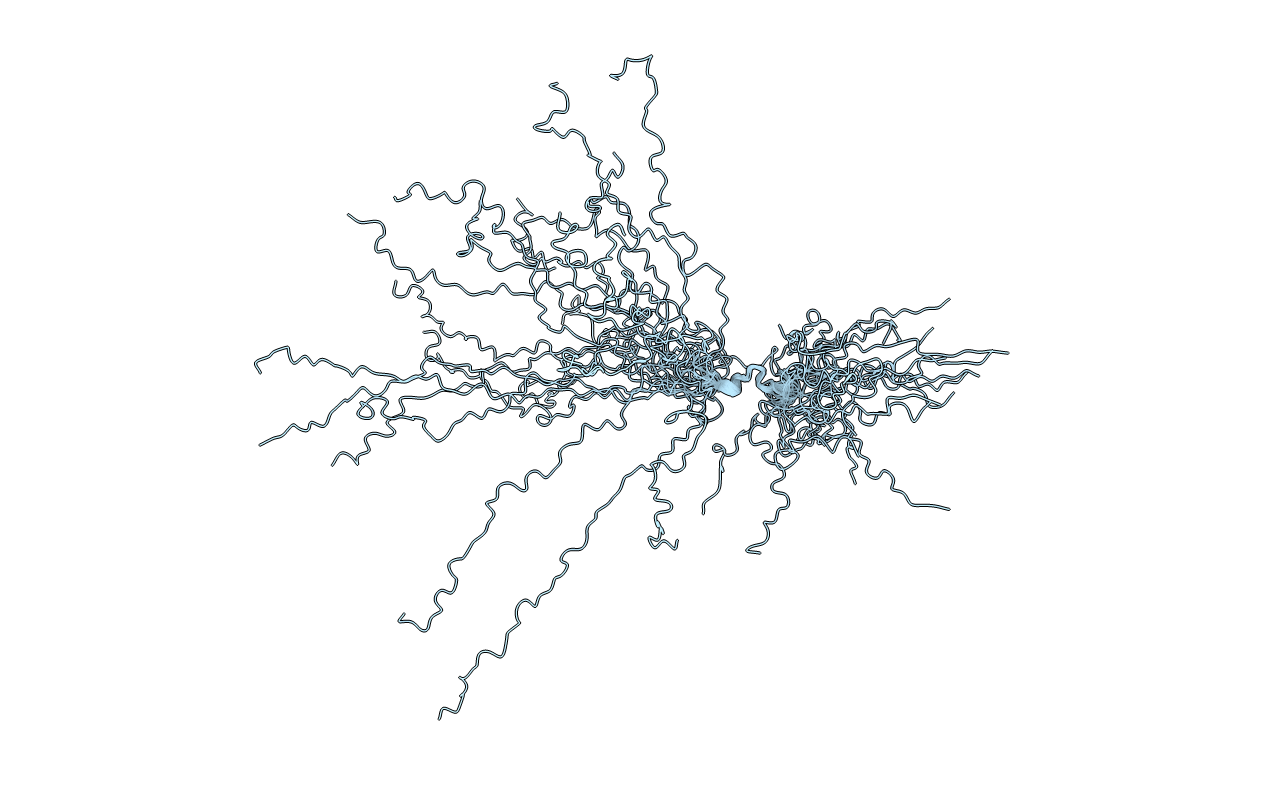
Deposition Date
2001-12-07
Release Date
2001-12-14
Last Version Date
2024-05-22
Entry Detail
PDB ID:
1KKD
Keywords:
Title:
Solution structure of the calmodulin binding domain (CaMBD) of small conductance Ca2+-activated potassium channels (SK2)
Biological Source:
Source Organism:
Rattus norvegicus (Taxon ID: 10116)
Host Organism:
Method Details:
Experimental Method:
Conformers Calculated:
300
Conformers Submitted:
23
Selection Criteria:
structures with the least restraint violations,target function


